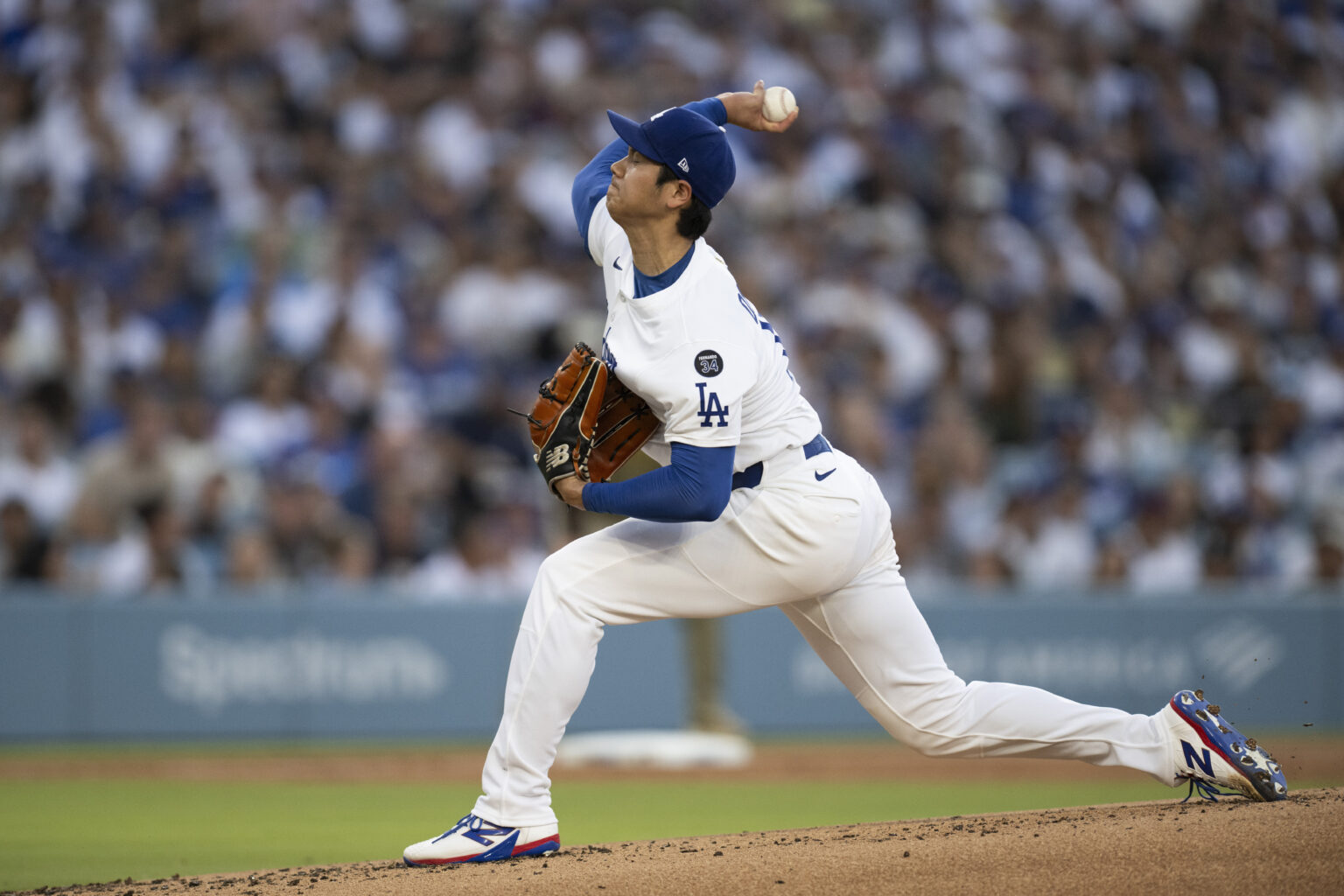Shohei Ohtani’s Historic Return: A New Chapter in Two-Way Baseball Excellence
Remember the early days when Shohei Ohtani was breaking barriers, constantly pushing the limits of what was thought possible in Major League Baseball? Each milestone seemed to redefine his legend-whether it was his ability to excel simultaneously as a pitcher and hitter, his standout performances in the Home Run Derby, or his role in clutch moments like the World Baseball Classic against stars like Mike Trout. His journey has been a testament to extraordinary talent and relentless determination, cementing his status as a once-in-a-generation athlete.
The Significance of Ohtani’s Comeback After Nearly Two Years
The most pivotal moment in Ohtani’s story unfolded Monday night, marking his return to the mound after nearly two years away from pitching-a hiatus caused by his second elbow surgery in five years. Now, at 30 years old and with a history of multiple injuries, his comeback is not just about proving he can pitch again; it’s about redefining what’s possible for a player with such a demanding dual role.
For the Los Angeles Dodgers, who have faced a revolving door of injured starters this season, Ohtani’s return is more than symbolic-it’s a potential game-changer. With their rotation decimated by elbow and shoulder issues, they desperately need Ohtani to step into the role of ace, especially as their original plans for postseason pitching depth have been compromised. His ability to perform at a high level could be the difference in their playoff push.
Breaking the Norm: Ohtani’s Unconventional Rehab Approach
What makes Ohtani’s comeback particularly remarkable is his decision to deviate from traditional rehabilitation protocols. Typically, pitchers recovering from significant elbow surgeries spend weeks or even months on rehab assignments, gradually building up their workload before rejoining the majors. Ohtani, however, opted to accelerate his return by pitching directly in games, bypassing the usual slow build-up.
This unprecedented approach was driven by Ohtani’s own assessment of his readiness and desire to rejoin the team’s pitching staff sooner. Instead of waiting on a rehab assignment, he chose to integrate into game action, starting against the San Diego Padres-a team that nearly derailed the Dodgers’ postseason ambitions last year. His willingness to take this risk underscores his confidence and commitment to returning to peak form.
A Promising First Outing: Performance and Potential
Before the game, Dodgers manager Dave Roberts expressed confidence in Ohtani’s preparedness, noting that the pitcher felt strong and ready. True to expectations, Ohtani delivered an impressive first inning, throwing 28 pitches with a fastball that reached 100 mph-well above his intended 95-96 mph range. His mechanics showed some inconsistency, leading to a few missed spots, but overall, he looked sharp and capable.
Despite a minor hiccup-an inning that saw a bloop hit, a walk, and a run scored-Ohtani managed to retire the next batter and limit damage. Post-game, he reflected on his performance, emphasizing that he felt good enough to continue building his stamina and workload. His plan is to pitch once a week, gradually increasing his pitch count, with the goal of eventually returning to a full-time starter role.
The Dual Role: Balancing Pitching and Hitting
Ohtani’s identity as a two-way player remains central to his appeal. He has consistently expressed that his passion for both pitching and hitting defines his approach to the game. When he first arrived in the United States, he insisted on being allowed to do both, viewing it as essential to his career. Even last season, despite a nagging elbow injury, he prioritized maintaining his dual responsibilities.
However, recent injuries-particularly the elbow surgeries and a significant shoulder injury sustained during last year’s World Series-have prompted a reassessment. His body now serves as the limiting factor, and the Dodgers are proceeding cautiously, mindful of the unprecedented nature of his recovery. Their strategy involves a slow, deliberate build-up, allowing Ohtani to regain his strength without risking further setbacks.
Looking Ahead: Patience and Unprecedented Possibilities
While the postseason remains a distant goal, the Dodgers’ focus is on ensuring Ohtani’s health and longevity. They are prepared to take their time, allowing him to pitch a few innings each week until he can handle a full workload. This phased approach is necessary because no player has ever attempted such a comeback at his level of two-way responsibility.
In the meantime, Ohtani continues to inspire admiration. His willingness to push boundaries and redefine what’s possible in baseball keeps fans and teammates alike in awe. As Roberts remarked, witnessing Ohtani’s seamless transition from mound to plate was a surreal experience-one that reminded everyone of his unique place in the sport.
The Future of Two-Way Excellence
Ohtani’s journey is far from over, but his recent return signals a new chapter in his career-one that could reshape the future of baseball. His resilience and innovative approach to recovery highlight the evolving nature of athlete care and performance. As he gradually reclaims his role as a dominant pitcher and elite hitter, the sport watches with anticipation, knowing that Shohei Ohtani continues to be a once-in-a-lifetime talent capable of rewriting the record books.
In a sport hungry for heroes, Ohtani remains a beacon of innovation, perseverance, and unparalleled skill-an athlete who refuses to be confined by convention and continues to inspire a new generation of players and fans alike.

